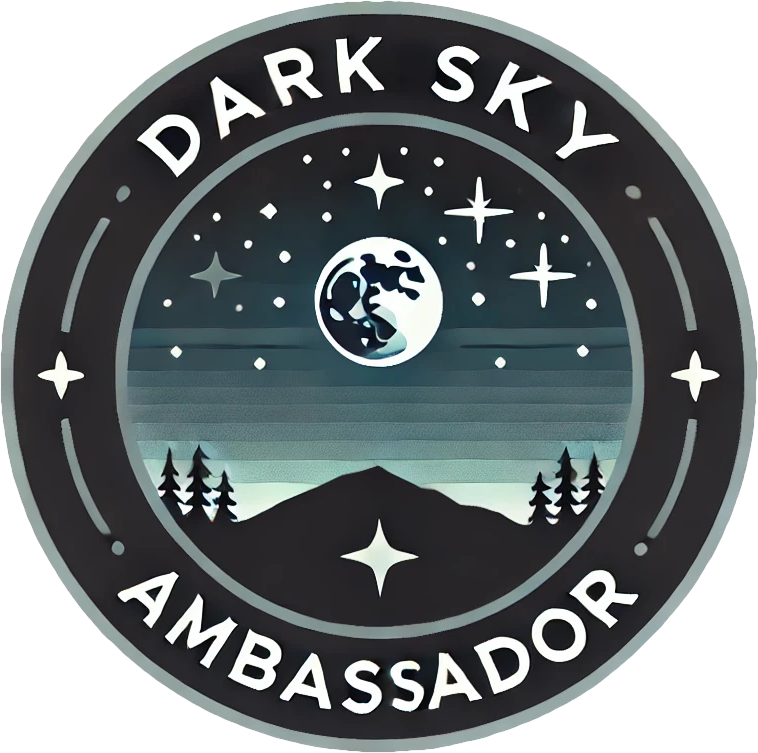Unlocking the Potential of ChatGPT: How this Powerful Language Model Can Improve Our Lives
ChatGPT, or Generative Pre-trained Transformer, is a state-of-the-art language model developed by OpenAI that utilizes deep learning techniques to generate human-like text. It is based on the transformer architecture introduced in the paper “Attention Is All You Need” by Google researchers in 2017. The transformer architecture allows the model to efficiently process sequential data, such as natural language, by incorporating self-attention mechanisms.
The key feature of ChatGPT is its ability to understand and conversationally respond to natural language inputs. This is achieved through pre-training the model on a massive amount of text data, which allows it to learn the patterns and structures of human language. Once the model is pre-trained, it can be fine-tuned on a smaller dataset to adapt to a specific task or domain.
One of the major advantages of ChatGPT is that it can be fine-tuned for a wide range of natural languages processing tasks, such as language translation, text summarization, and question answering. This makes it a powerful tool for a wide range of applications, such as chatbots, virtual assistants, and automated customer service.
The future of ChatGPT is exciting, as it has the potential to revolutionize the way we interact with machines. With continued advancements in deep learning and natural language processing, ChatGPT is likely to become even more sophisticated and able to understand and respond to increasingly complex inputs. For example, understanding context and emotions would be a huge step forward in the field of natural language processing.
One area where ChatGPT is expected to have a significant impact is in the field of education. With its ability to understand and respond to natural language inputs, ChatGPT could be used to create personalized learning experiences for students. This could be particularly beneficial for students with learning disabilities or those learning a new language. The model could be fine-tuned to understand the student’s needs and level of understanding and provide personalized feedback, summaries and exercises.
Another area where ChatGPT could have a significant impact is in the field of healthcare. With its ability to understand and respond to natural language inputs, ChatGPT could be used to create virtual medical assistants that can help patients with their medical needs. This could be particularly beneficial for patients in remote or underserved areas who may not have access to a doctor. For instance, the model could be fine-tuned to understand medical jargon and provide medical advice or triage for non-emergency cases.
ChatGPT is a powerful language model that has the potential to revolutionize the way we interact with machines. With its ability to understand and respond to natural language inputs, ChatGPT has the potential to improve a wide range of industries, including education and healthcare, ultimately helping the human race. The pre-training and fine-tuning capabilities of ChatGPT provide the ability to adapt to various use cases. With the help of advancements in deep learning, it has the potential to become even more sophisticated and versatile in the future.


